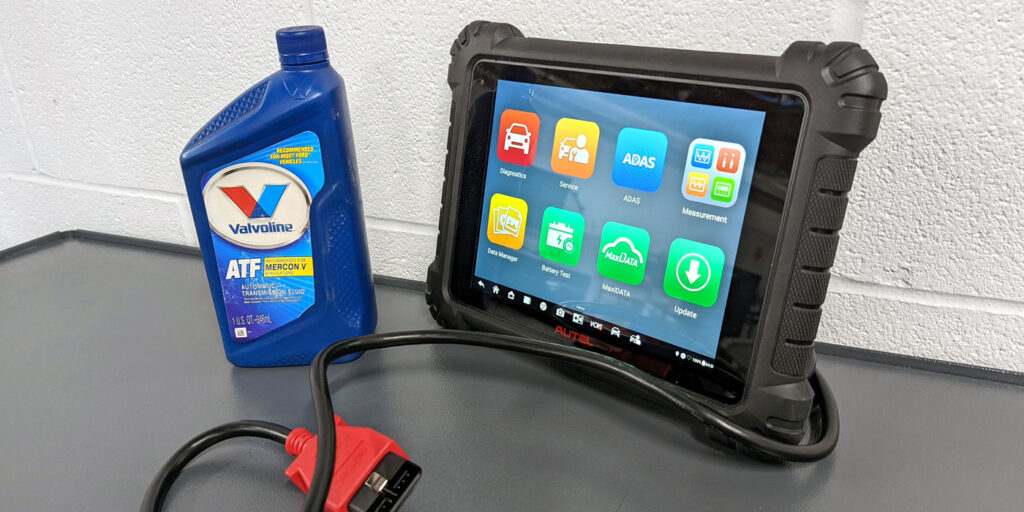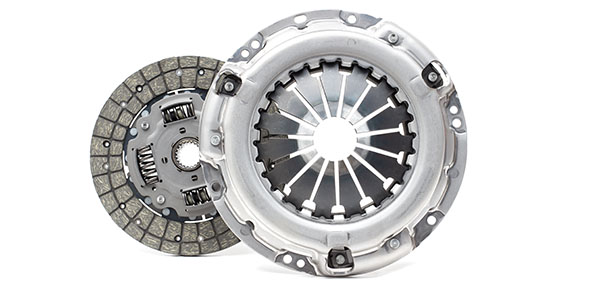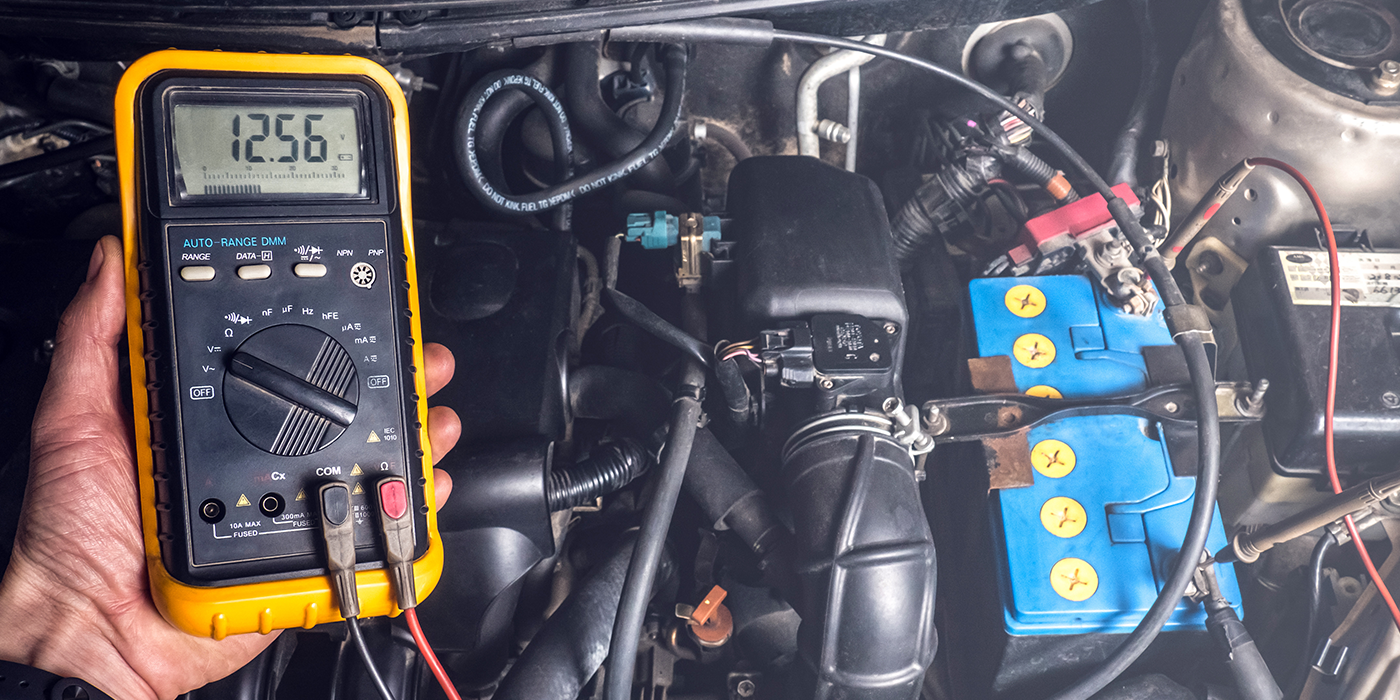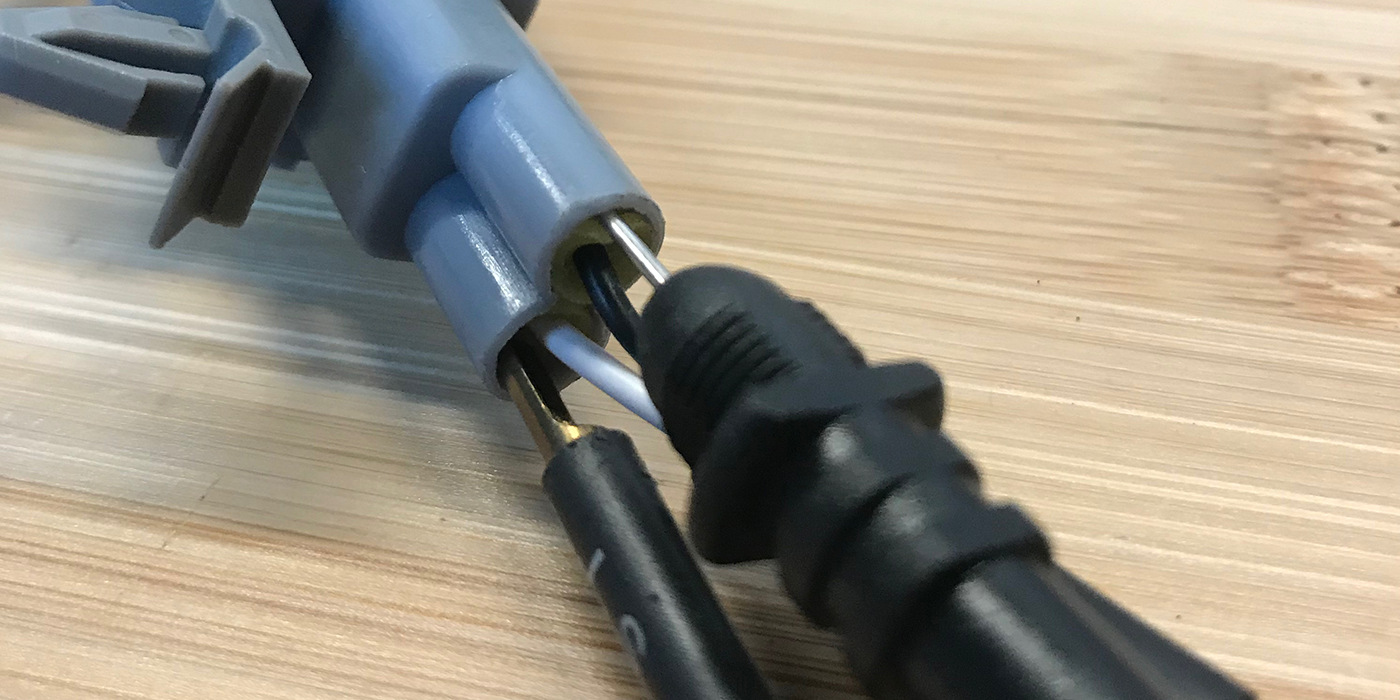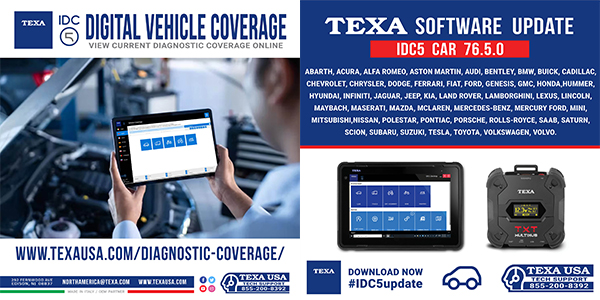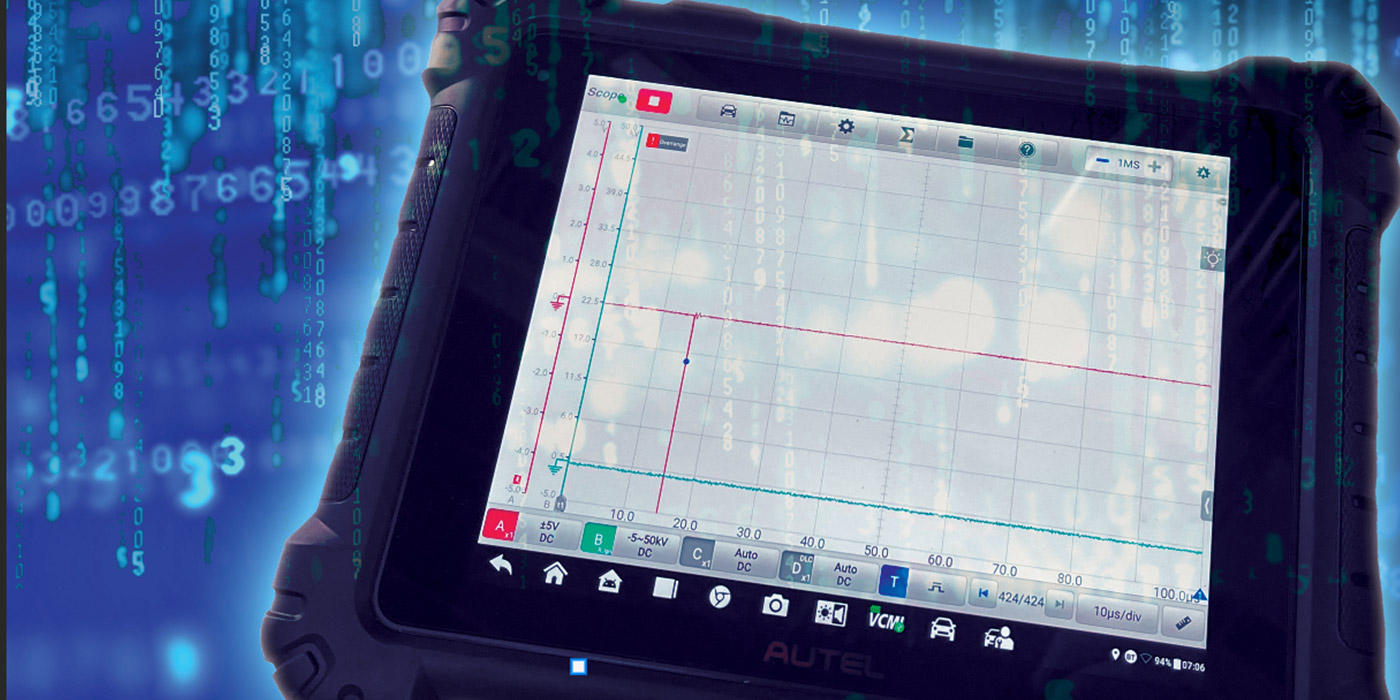Are new cars harder to work on than old? It depends on who you talk to. And if old cars are deemed easier, what takes the blame for the difficulty on the new versions? You can be certain that it’s computers and electronics.
Someday we’ll all be gone, but until then there’s a group of us that remembers the technology of the ’60s and ’70s, and in our minds, those cars were comparatively simple. With the basic tools we had in our box, we could diagnose and fix any aspect of any year, make or model – that is, until it came to the automatic transmission.
Automatic transmission diagnostics have always been the Achilles heel of many a technician, and, in many cases, even with some of the best technicians I have known, this was the one and only repair that got shipped off to someone who specialized in it. Outside of fluid changes, level and condition, the extent of repairs covered vacuum modulators, the throttle pressure (kickdown) cable, the mechanical linkage or cable from the shifter and maybe the output shaft seal. Aside from that, it was the glutton for punishment who decided to delve into the great mystery inside.
Some things haven’t changed, and the automatic transmission still holds a strong place in the market with specialty shops, but today’s technician is far more empowered to work on them. The same thing that is often blamed as making cars more difficult makes the automatic transmission easier to understand: computers and electronics.
A full-function scan tool is the most valuable tool you can have and there is no exception when it comes to transmission diagnostics. We are used to the engine control module (ECM) telling us there is a problem and storing a trouble code, usually long before we notice anything wrong with the way it runs. Transmissions are the same way. Their control and operation are so precise, that the transmission control module (TCM) will recognize any deviation in performance and store a trouble code, and most likely the driver didn’t so much as notice a hiccup.
A full-function scan tool is the most valuable tool you can have and there is no exception when it comes to transmission diagnostics.
Checking the fluid level and condition is always the first step in transmission diagnostics, and to the best of my knowledge, analyzing fluid condition is the one thing a scan tool can’t do…at least not yet. But, no ifs, ands or buts, this is always the first step. Low or contaminated fluid can cause many problems, which can result in a transmission DTC, so go no further until you know you’ve got good fluid.
Assuming the fluid is good, your scan tool is next. If there is a transmission DTC, the troubleshooting flow chart will take you step-by-step through diagnosis of the problem, utilizing scan tool data. In the past, you were blind without transmission knowledge and a myriad of pressure gauges and connections to hook up, and in reality, you didn’t even know where to start.
With scan tool data and flow charts, not only do you know where to start, but it will help you learn transmission functions by correlating symptoms to the eventual causes. Many automatic transmissions also require relearn procedures depending on the type of repair that was performed, and your scan tool is necessary to perform these procedures. So, follow your scan tool, let it be your teacher and add automatic transmission diagnosis to your repertoire. TS

